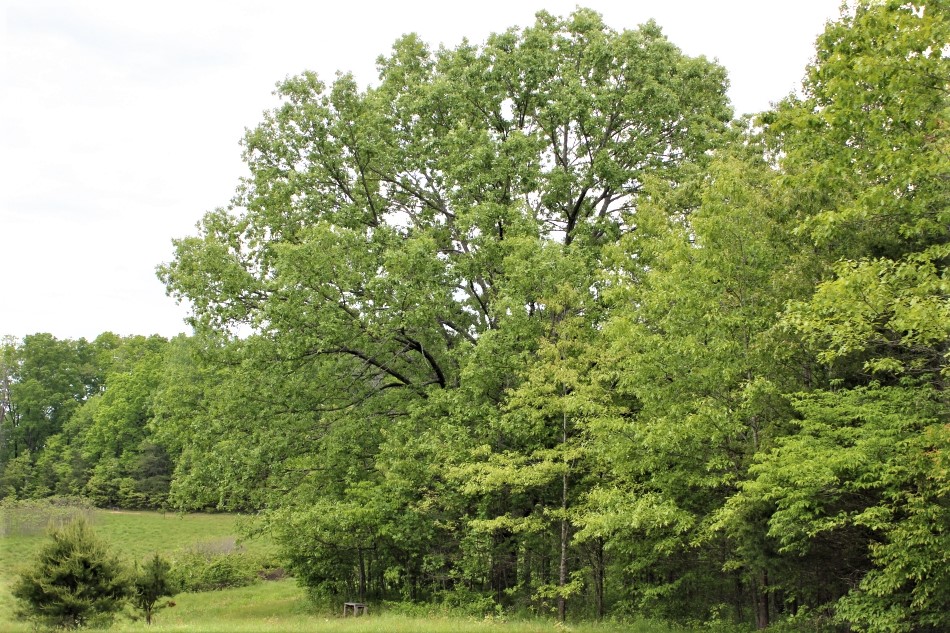North Field Trail

Rochelle Garwood
Start the trail walking counterclockwise. Immediately on your right are several Sassafras trees.
Historically Significant Trees
Sassafras is a tree very closely associated with American history. Sassafras was in medicinal use among the indigenous people of the East long before 16th century explorers discovered the virtues of this aromatic plant. With a smell and taste unlike any other spice and a reputation to ward off 'sickness and evil,’ it didn’t take long for Europeans to organize its trade. When rumors started that it retarded old age, sassafras tea became the favorite tea of England. Considered a wonder drug, sassafras was the first commodity exported from the Jamestown Colony. When it failed to cure all ailments, the frenzy subsided, but its use in early America remained strong for years to come.
Note the Black Locust with its paired thorns (photo) growing up in the field. Locust is a pioneer tree which means it sprouts up readily in disturbed areas such as this. Its root nodes contain bacteria that "fix" atmospheric nitrogen thus revitalizing degraded sites. Locust wood was prized by early colonists for its rot resistant quality and was used in moorings for the first dwellings in Jamestown. In fact, locust is the strongest and most durable of our North American hardwoods. So impressed were Europeans with its qualities, growing black locust became all the rage in Europe in the late 1700s.
Halfway down the field on your right is a large white oak. Its amazing strength, beauty, and longevity have made the white oak a central part of American history. The close-grained, strong wood is one of our best for furniture, fuel, and hardwood flooring. The British and colonists fought over the New World's rich oak supply as both prized it for shipbuilding.